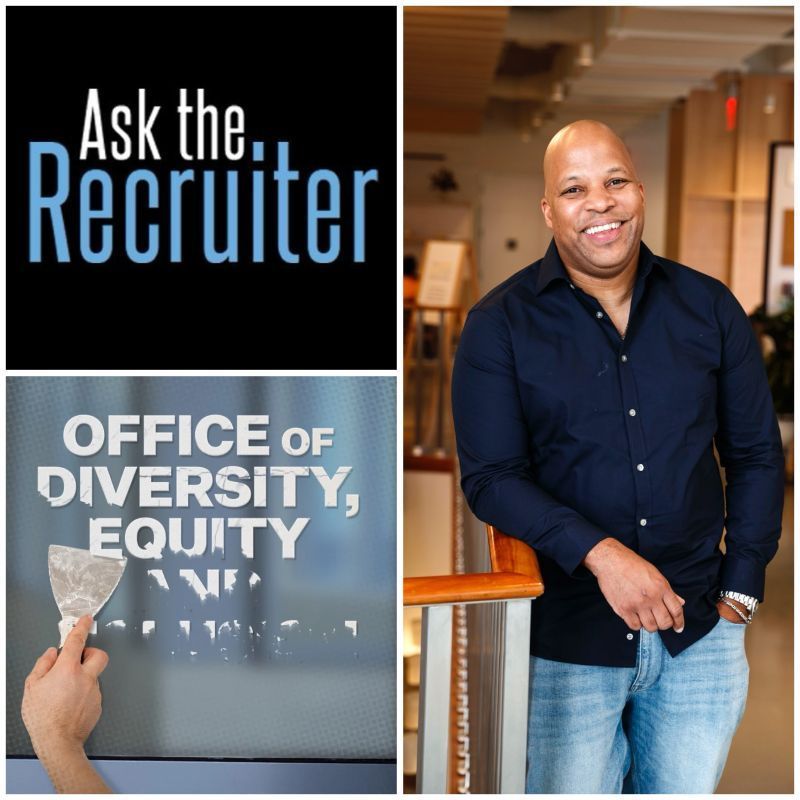The Value of Black Men in Leadership Roles
Career advice from the world's top Diversity Recruiter & Developer of blkbox.tech

The value of black men in leadership roles in corporate America cannot be overstated. Despite a long history of systemic racism and discrimination, black men have proven themselves to be talented, hard-working, and innovative leaders in various industries. However, the path to leadership positions can be challenging, and there are still significant barriers that need to be overcome. In this article, we will explore the value of black men in leadership roles and the steps that they can take to advance in their career pursuits.
The Value of Black Men in Leadership Roles
Black men bring unique perspectives and experiences to leadership roles, which can lead to more inclusive and innovative ideas. They are often skilled at navigating complex situations, thinking creatively, and communicating effectively. They can also bring a different perspective to decision-making and problem-solving, which can lead to better outcomes for companies.
Black men in leadership roles can serve as role models for others, inspiring and motivating younger generations to pursue their own career aspirations. They can also help to create a more diverse and inclusive workplace, which can lead to increased creativity, productivity, and employee satisfaction.
Steps to Advancing in Career Pursuits
Advancing in career pursuits can be challenging for black men, but there are steps that can be taken to increase the likelihood of success.
1. Build a Strong Network
One of the most important steps in advancing a career is building a strong network. Black men should seek out mentors and sponsors who can offer guidance and support. They should also look for opportunities to connect with other professionals in their industry, attend conferences and events, and build relationships with colleagues and clients.
2. Develop Skills and Expertise
Black men should focus on developing their skills and expertise in their chosen field. They should seek out training and development opportunities, attend conferences and workshops, and pursue certifications or advanced degrees. By becoming experts in their field, black men can increase their value to their employers and position themselves for advancement.
3. Seek Out Leadership Opportunities
Black men should seek out opportunities to take on leadership roles, even if they are not yet in management positions. They can volunteer for leadership roles in professional organizations, lead projects within their company, or take on leadership roles in their community. By demonstrating their leadership skills and abilities, black men can position themselves for future leadership opportunities.
4. Advocate for Themselves
Black men should not be afraid to advocate for themselves and their career goals. They should communicate their ambitions and desires to their managers and seek out opportunities to demonstrate their value to the company. By being proactive and assertive, black men can increase their visibility and position themselves for advancement.
5. Embrace Diversity and Inclusion
Finally, black men should embrace diversity and inclusion and work to create a more inclusive workplace. They should seek out opportunities to educate their colleagues on the importance of diversity and inclusion, and work to create a more welcoming and supportive environment for all employees.
In conclusion, black men bring a unique perspective and set of skills to leadership roles in corporate America. They can serve as role models and create more diverse and inclusive workplaces. Advancing in career pursuits can be challenging, but by building a strong network, developing skills and expertise, seeking out leadership opportunities, advocating for themselves, and embracing diversity and inclusion, black men can position themselves for success in their chosen field.














